1. Troodon
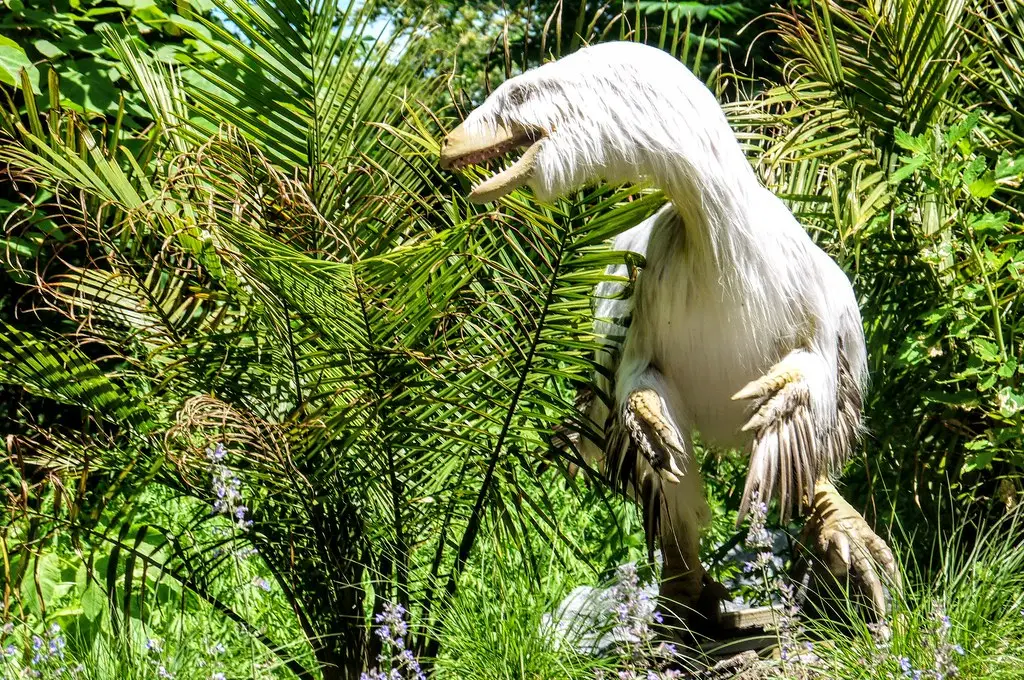
Troodon was a small, bird-like dinosaur with sharp claws and large, intelligent eyes. Measuring around 6-8 feet in length, Troodon had a brain-to-body size ratio that rivals modern birds. This predator likely relied on its keen eyesight and exceptional night vision to hunt in the dim Arctic light. Fossil evidence suggests it had insulating feathers, which helped it survive freezing temperatures.
According to the Natural History Museum, Troodon may have been omnivorous, eating a mix of small animals, insects, and plants. One of its most remarkable features was its teeth, which showed wear patterns consistent with grinding food. Its nesting habits indicate it cared for its young, possibly brooding them like modern birds. Scientists believe that Troodon’s ability to adapt to the Arctic’s prolonged darkness and cold gave it a competitive edge. It may have hibernated or slowed its metabolism during the harshest winters. This dinosaur’s presence in the Arctic highlights its resilience and adaptability.
2. Nanuqsaurus
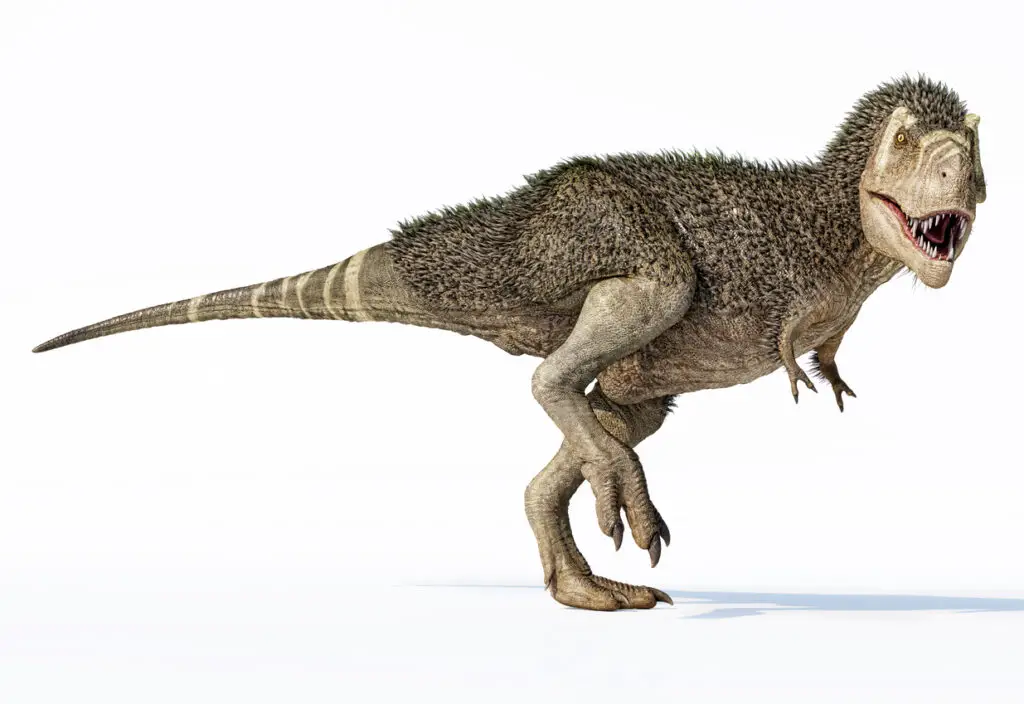
Nanuqsaurus, whose name means “polar bear lizard,” according to the National Park Service, was a smaller relative of the famous Tyrannosaurus rex. Measuring about 20 feet long, it was perfectly suited for life in the Arctic. Unlike its larger cousin, Nanuqsaurus had a compact body and possibly a thick coat of feathers to keep warm. Its keen sense of smell and sharp teeth made it a formidable predator, hunting herbivorous dinosaurs and possibly scavenging carrion. F
ossil remains suggest it lived in the Cretaceous period, around 70 million years ago. Nanuqsaurus likely had a seasonal diet, adapting its hunting strategies as prey availability changed. Its environment would have included dense forests, snowy plains, and icy rivers. This predator’s ability to thrive in extreme conditions shows how diverse the tyrannosaurid family truly was. Recent discoveries have sparked debates about whether it exhibited pack-hunting behavior. Regardless, Nanuqsaurus remains one of the most fascinating Arctic dinosaurs ever discovered.
3. Pachyrhinosaurus
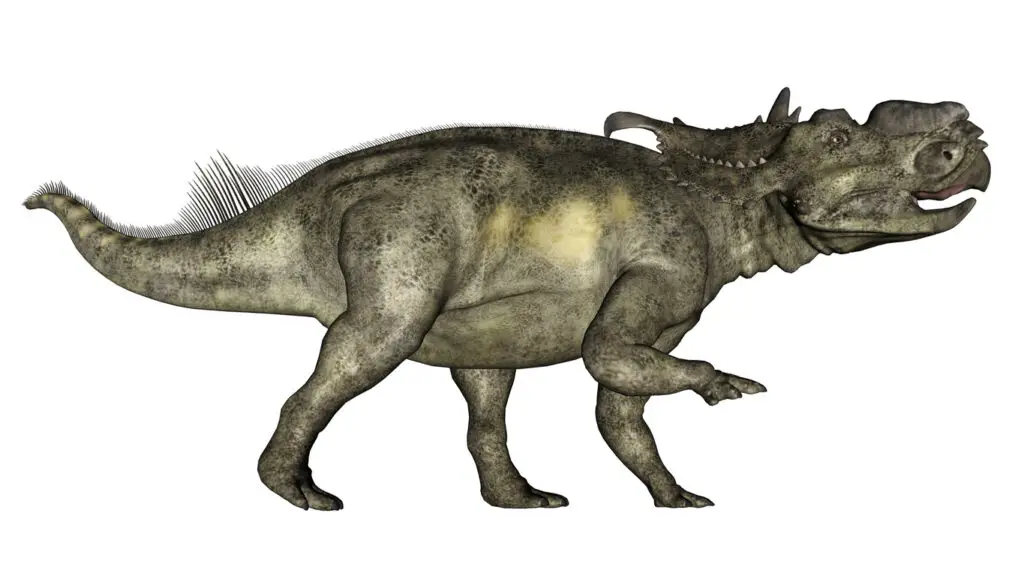
This large, herbivorous dinosaur belonged to the ceratopsian family and is famous for its thick, bony frill. Pachyrhinosaurus grew up to 26 feet long and weighed several tons, making it one of the Arctic’s largest dinosaurs. Its frill and nasal boss may have been used for display, species recognition, or even combat. Fossilized remains found in northern Alaska suggest it lived in herds, which could have offered protection from predators. Pachyrhinosaurus likely relied on its beak to strip tough Arctic vegetation, such as ferns and conifers. Paleontologists believe it had a dense coat of feathers or protofeathers for insulation against the cold.
According to Britannica, herd behavior would have been essential during the long, dark winters, where mutual protection and warmth were crucial. Seasonal migrations might have brought these dinosaurs closer to food sources during the harshest months. Their ability to survive in such a challenging environment speaks to their evolutionary success. The discovery of Pachyrhinosaurus in Arctic regions underscores the adaptability of herbivorous dinosaurs.
4. Ornithomimus
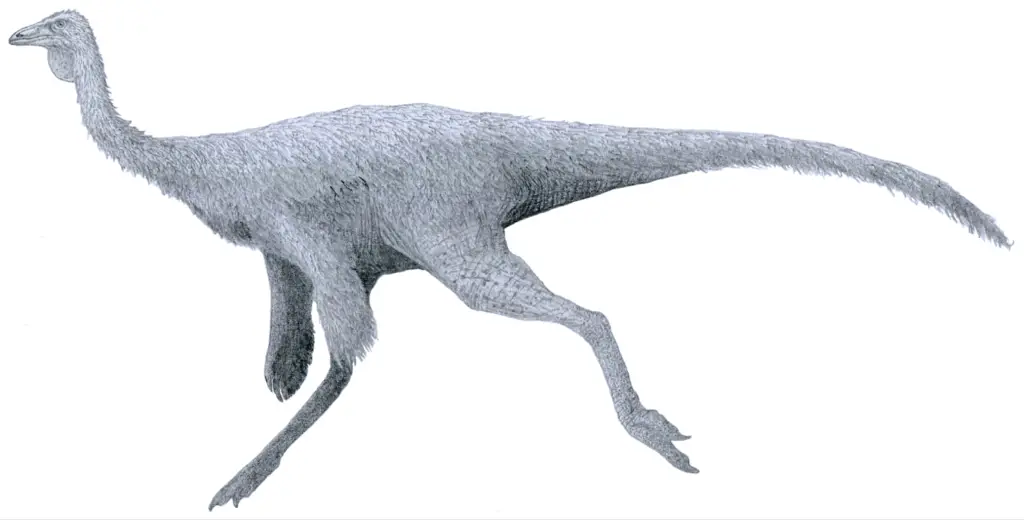
Often nicknamed the “ostrich mimic,” Ornithomimus was a fast, feathered dinosaur with long legs and a beaked mouth. It grew up to 12 feet long and had a slender build, making it a swift runner. According to The Canadian Encyclopedia, fossil evidence suggests that Ornithomimus had a downy coat of feathers, providing insulation against the cold Arctic climate. This dinosaur likely foraged for food, eating plants, insects, and small animals. Its large eyes and sharp reflexes would have helped it navigate the low-light conditions of the polar regions. Ornithomimus’s long arms and clawed hands may have been used for digging through snow or leaf litter. It might have used its speed to evade predators like Nanuqsaurus. Some paleontologists speculate that Ornithomimus lived in small groups, which could have offered protection and aided in finding food. Its bird-like features make it an important link in understanding the evolution of modern avians. The ability of Ornithomimus to thrive in cold climates shows the versatility of this unique genus.
5. Edmontosaurus
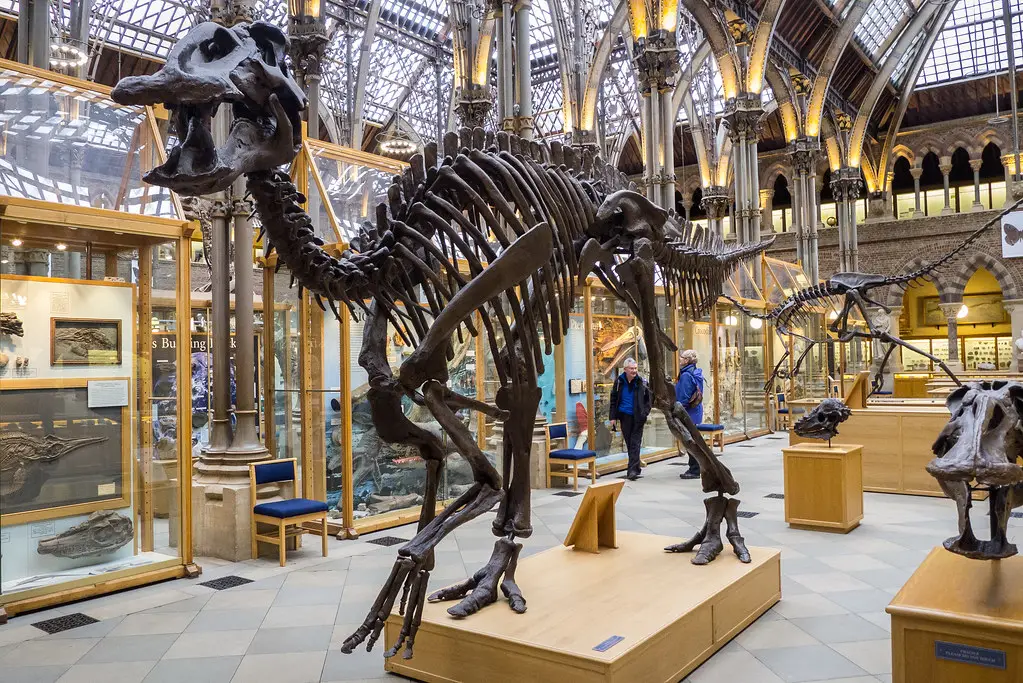
According to the Black Hills Institute of Geological Research, Edmontosaurus was a large, duck-billed dinosaur that roamed Arctic regions in herds. Measuring up to 40 feet long, it was one of the largest herbivores of its time. Its flat, wide beak was perfect for cropping tough, fibrous plants that grew in the Arctic. Fossil evidence, including skin impressions, indicates that Edmontosaurus may have had scaly skin rather than feathers. However, it thrived in freezing conditions, possibly through communal living and migration to find food. Paleontologists have discovered nesting sites suggesting it laid eggs and nurtured its young.
Edmontosaurus likely had to contend with predators like Nanuqsaurus, relying on its size and numbers for defense. Some theories propose that it undertook seasonal migrations to escape the worst of the Arctic winters. Its ability to survive in such extreme environments demonstrates its adaptability. The presence of Edmontosaurus fossils in polar regions sheds light on the surprising diversity of prehistoric Arctic ecosystems.


